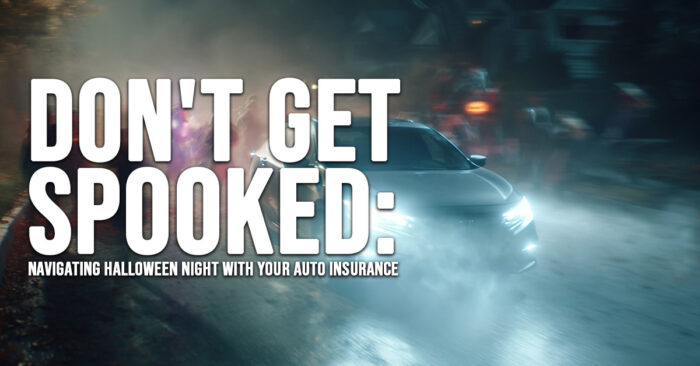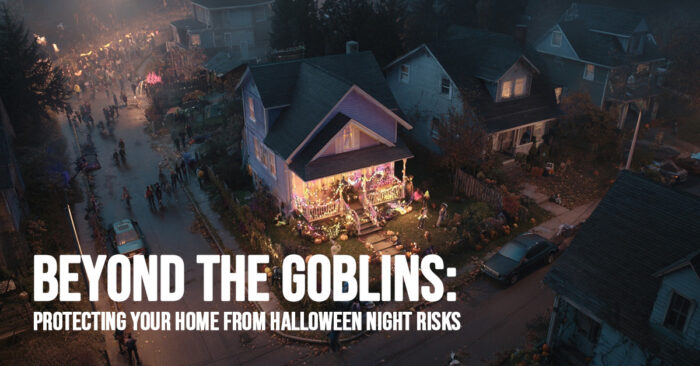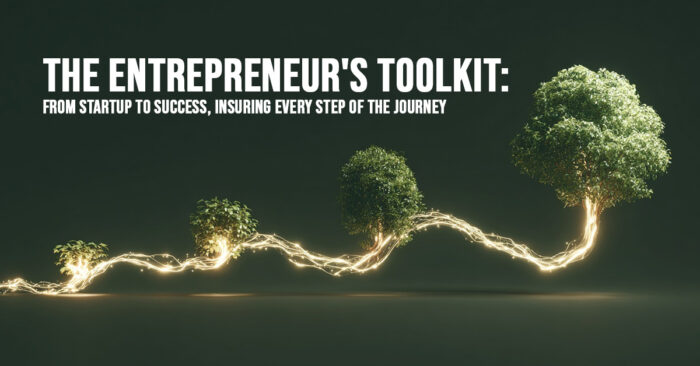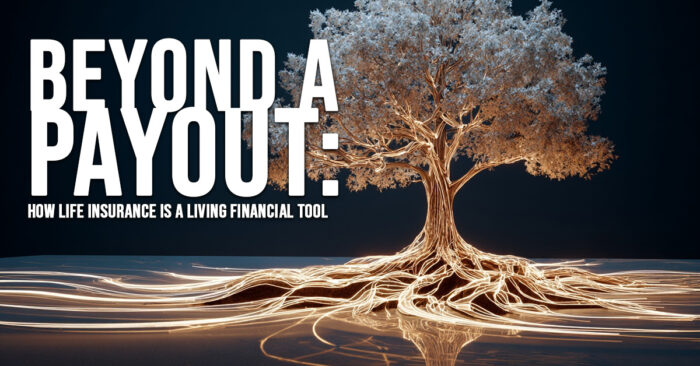Don’t Get Spooked: Navigating Halloween Night with Your Auto Insurance
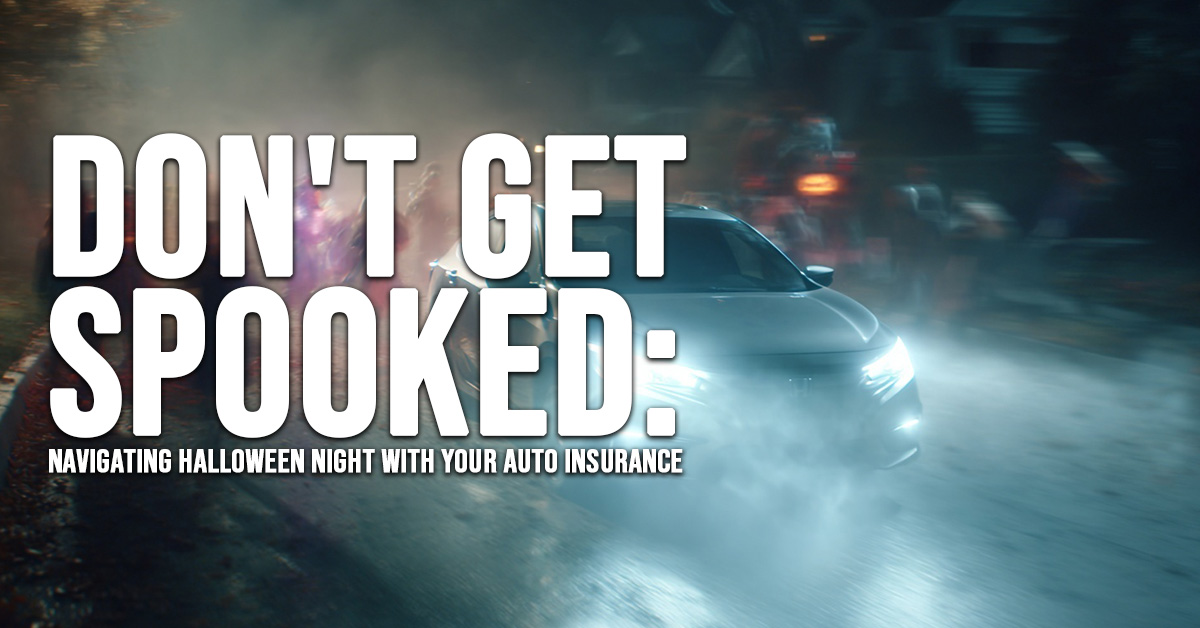
Don’t Get Spooked: Navigating Halloween Night with Your Auto Insurance
Halloween night is an exciting time, but for drivers, it’s also one of the most dangerous nights of the year. The roads are filled with a higher volume of pedestrians, many of them small children in dark costumes. Understanding these unique risks and ensuring your auto insurance is ready for them is the key to a safe and stress-free evening.
First and foremost, the biggest risk on Halloween is the increased number of pedestrians. Children, often in dark-colored costumes, may dart out from between parked cars without looking. This makes it crucial to slow down, especially in residential areas, and be extra vigilant. Put away your phone and minimize distractions. If you’re driving through a neighborhood with lots of trick-or-treaters, a speed of 10-15 mph is a good idea. Your reaction time will be much faster if you’re not going at the speed limit.
Now, let’s talk about your auto insurance policy and how it protects you on this night. If, despite your caution, you were to hit someone, your Bodily Injury Liability coverage would be your most critical shield. This part of your policy covers the medical bills and legal fees for anyone you injure. Given the potential for a serious accident, it’s worth reviewing your liability limits to ensure they’re high enough to protect your assets. The state minimum is often not enough.
Then there’s the risk of vandalism. In some areas, mischievous acts like egging a car or even more serious damage can occur on Halloween night. If your car is a victim of vandalism, your comprehensive coverage is what would cover the damage. This coverage pays for damage to your vehicle from non-collision events like fire, theft, or vandalism. If you only have the state-mandated liability coverage, you would be responsible for the cost of repairs yourself.
Finally, with more people celebrating, there’s an increased risk of encountering an impaired driver. If you were to be hit by a drunk driver, your Uninsured/Underinsured Motorist (UM/UIM) coverage would be your financial lifesaver. This coverage protects you if the at-fault driver has no insurance or too little insurance to cover your medical bills and car repairs. It’s an essential piece of any comprehensive policy, especially on a night like Halloween. By being aware of the risks and ensuring your policy is ready, you can enjoy the spooky festivities without worry.
Do you have questions about your insurance? Find an insurance agent near you with our Agent Finder
Search All Blogs
Search All Blogs
Read More Blogs
Don’t Get Spooked: Navigating Halloween Night with Your Auto Insurance
A guide to safe driving and auto insurance on Halloween night.
Beyond the Goblins: Protecting Your Home from Halloween Night Risks
A guide to protecting your home and managing liability risks on Halloween night.
October Adventures: 5 Must-Do Activities for the Fall Season
A guide to 5 fun and unique activities to do in October.
October Operations: Protecting Your Business for the Rest of the Year
A guide to fall business insurance review and risk management for entrepreneurs.
The October Promise: A Time to Secure Your Family’s Future
A thoughtful guide to understanding life insurance and securing your family’s future.
October Driving Prep: Get Your Car and Your Policy Ready for Fall
A guide to preparing your car and auto insurance for the fall season.
The October Home Check-Up: Securing Your Home for the Fall Season
A guide to fall home maintenance and home insurance review for the month of October.
The Wanderer’s Playbook: The Art of Traveling on a Budget
A practical guide to finding and saving money on travel adventures.
The Entrepreneur’s Toolkit: From Startup to Success, Insuring Every Step of the Journey
A phase-by-phase guide for entrepreneurs on the essential business insurance policies they need.
Beyond a Payout: How Life Insurance is a Living Financial Tool
A guide to how life insurance can be a living financial tool, with a focus on its cash value component.
